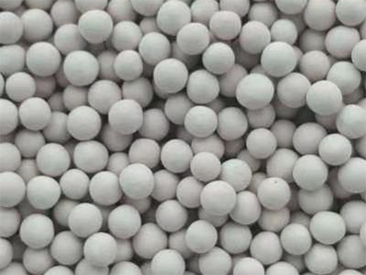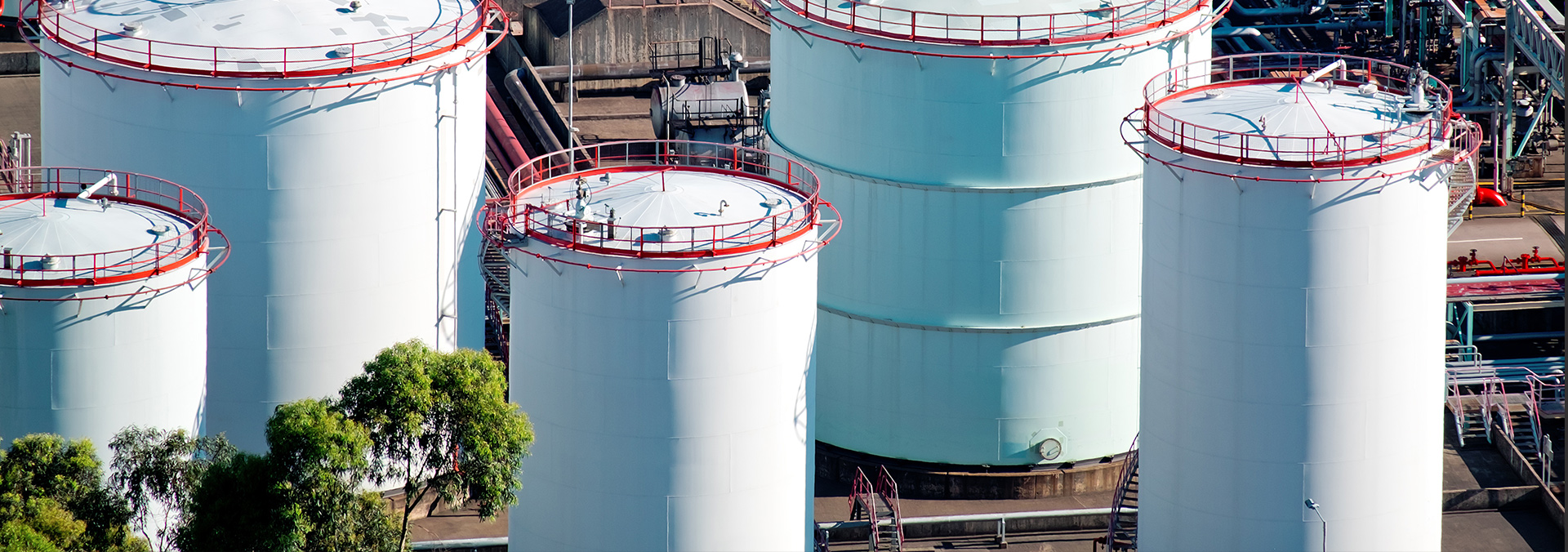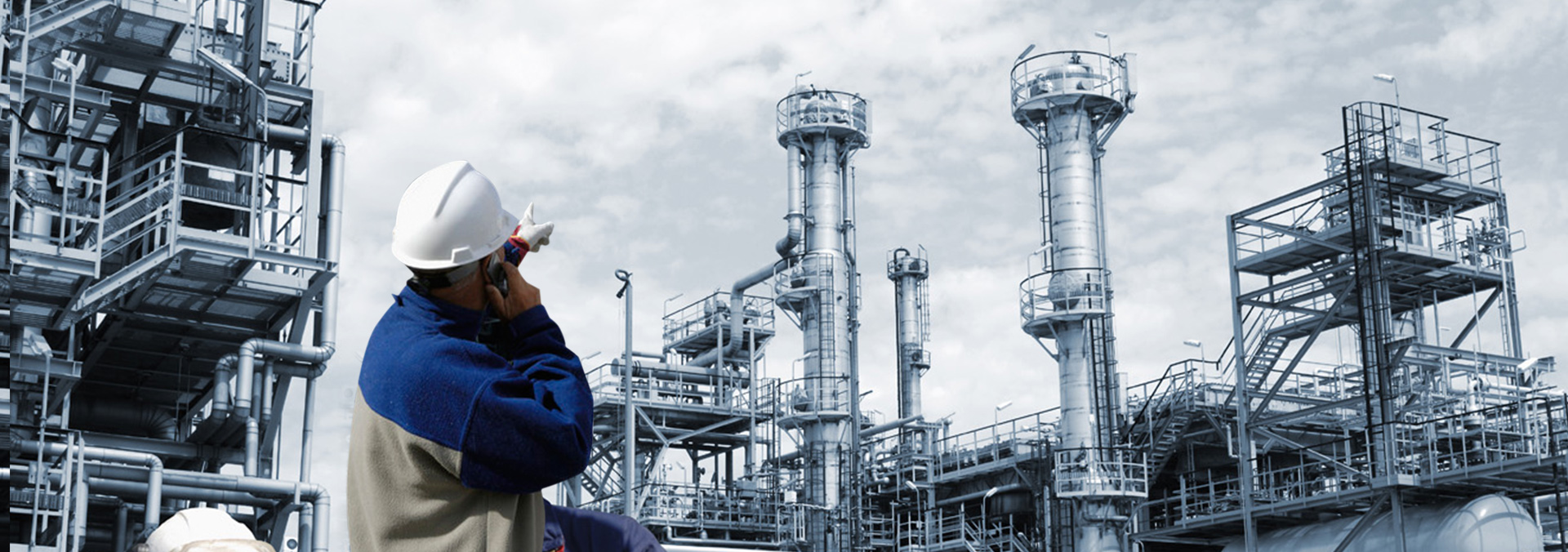Name:Panjin dew-point catalyst technologise co.,ltd.
Add:Chemical Industrial park, high-tech Zone, Panjin City, Liaoning Province, China
Tel:+86 427 659 4508
Fax:+86 0427-6594500
E-mail:service@dpcatalyst.com
power poles Panjin dew-point catalyst technologise co.,ltd. all rights
Hotline
0427-6594508
Analysis of the causes of inactivation of Purification Catalyst
The deactivation of Purification Catalyst in use is a very important issue of catalytic combustion equipment, not only related to Purification treatment effect, but also related to operating cost. So what is the reason for the inactivation of Purification Catalyst?

1. Design defects of Purification Catalys catalytic combustion equipment
The catalytic bed is the key unit of the catalytic combustion equipment. From the perspective of Purification Catalys, not only the number of Purification Catalys in the catalytic bed is required to meet the design requirements, but also the flow rate and temperature of each part (local) of the Purification Catalys are required to pass through the equipment during operation. The same, so as to ensure that the airspeed and temperature of each Purification Catalys are the same. If the flow rate and temperature in the catalytic bed are inconsistent, the local catalyst with low temperature and fast flow rate will be overloaded, and the service life will be greatly shortened, but the VOCs purification effect will decrease. Therefore, achieving uniform gas flow distribution and temperature distribution in the catalytic bed is the key to ensuring high purification efficiency and long service life. It can be seen that air flow distribution and temperature homogenization are the core technologies of the catalyst reaction bed design.
2. Purification Catalys surface charcoal
In the laboratory, model reactions are usually used to evaluate catalyst performance, such as toluene, ethyl acetate, acetone, etc., and mixed solvents can also be used to test catalyst performance. Generally, it is difficult to observe surface carbon. However, in actual use, the composition of Purification Catalys is very complex, with large molecules, small molecules, high boiling points, low boiling points, and the properties of volatile organic compounds are very different. It also contains a small amount of paint mist, dust and other substances. In particular, the presence of paint mist and high-boiling organic matter causes the formation of carbon on the surface of the catalyst, resulting in a decrease in the activity of the catalyst. Therefore, in the catalyst design, it is necessary to add elements that prevent carbon formation on the surface of the catalyst to increase the service life of the catalyst. For organic waste gas with high paint mist, paint mist removal equipment should be added in the front section of the catalytic bed.
3. Purification Catalys high temperature sintering
Purification Catalys reaction temperature is too high will cause the sintering of the surface active components of Purification Catalys (the particles become larger), the specific surface of Purification Catalys decreases, the solid phase reaction between transition metal oxides, and the occurrence of phase change, all of which lead to Purification Catalys activity decreases, so the high temperature impact of Purification Catalys should be avoided during use. In contrast, noble metal catalysts have higher thermal stability, while rare earth-transition metal oxide Purification Catalys have lower thermal stability.







